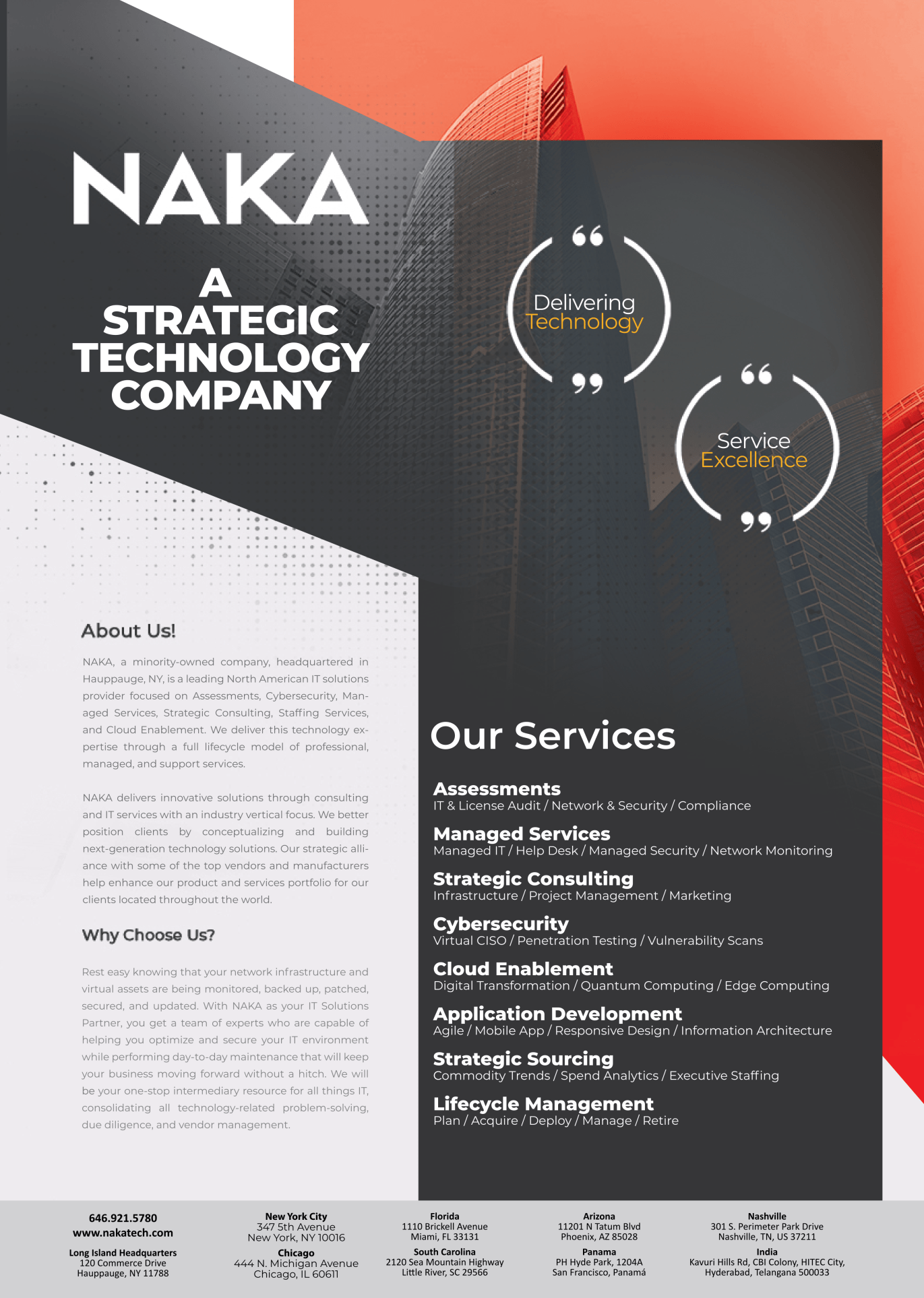Beyond Clicks and Impressions: Measuring True ROI in Digital Marketing

Beyond Clicks and Impressions: Measuring True ROI in Digital Marketing
In the fast-paced world of digital marketing, where clicks and impressions often take center stage, measuring the true return on investment (ROI) becomes crucial for businesses aiming to maximize their marketing efforts. In this comprehensive guide, we will delve into the depths of measuring ROI in digital marketing, exploring the significance of moving beyond surface-level metrics and embracing a holistic approach to assess the real impact of your campaigns.
Digital Marketing Overview
Before we jump on the journey of understanding ROI(Return On Investment), let’s first understand what digital marketing is. Digital Marketing is the art or science of promoting products or services using various online channels such as Social Media, Search Engine Optimization(SEO), Websites, Paid Advertising, and email marketing. It has become indispensable to contemporary business strategies, providing a platform for reaching a global audience and driving brand awareness.
1. Measuring ROI in Digital Marketing
Let’s measure how we can measure ROI in Digital Marketing
-
Attribution Models
Attribution models help allocate value to different touchpoints in the customer journey. Whether it’s the first interaction, the last click before conversion, or multiple interactions in between, understanding attribution is crucial for accurately assessing ROI.
Some Common Attribution Models:-
-
First-Touch Attribution:
This model attributes the entire credit for a conversion to the first touchpoint a customer encounters. It is beneficial for understanding the initial awareness-building phase and the channels driving the first interaction.
-
Last-Touch Attribution
Last-touch attribution assigns full credit for a conversion to the final touchpoint before the customer converts. It highlights the last interaction that directly led to the conversion.
-
Multi-Touch Attribution
Multi-touch attribution distributes credit across multiple touchpoints. This model considers the entire path to conversion, recognizing the combined influence of various interactions.
2. Conversion Rate Optimization (CRO):
Conversion Rate Optimization (CRO) is a strategic process aimed at enhancing the percentage of website visitors who take a desired action, ultimately driving business goals. The primary objective of CRO is to maximize the number of conversions without increasing your advertising spend.
Key components of CRO include:
- User Experience (UX): Assess the overall user experience on your website or app. A seamless and intuitive user journey contributes to higher conversion rates and improved ROI.
- A/B Testing: A/B testing compares two versions of a webpage or an element within it to identify which performs better in terms of conversions. This iterative process allows marketers to fine-tune elements such as headlines, images, and call-to-action for optimal results.
- Landing Page Optimization: The landing page is often the first point of contact between a user and a website. CRO focuses on optimizing landing pages by aligning content, design, and calls-to-action with the user’s intent, increasing the likelihood of conversions.
3. Customer Lifetime Value (LTV):
Customer Lifetime Value (LTV) is a crucial metric that quantifies the total anticipated revenue a business can expect to generate from a single customer throughout their entire relationship. It represents the cumulative value a customer brings to a business over time.
4. Customer Acquisition Cost (CAC):
Customer Acquisition Cost (CAC) is a vital metric in the realm of digital marketing, providing businesses with a clear understanding of the financial investment required to acquire a new customer. CAC represents the total cost associated with convincing a potential customer to make their first purchase or take a desired action
5. Social Media Metrics Beyond Engagement:
Social media metrics beyond engagement are crucial for understanding the true impact of your digital marketing efforts on these platforms. Let’s uncover the tangible business value derived from your social media campaigns.
- Conversion Tracking: By implementing conversion tracking, you can attribute specific outcomes directly to your social media campaigns, providing a clearer picture of their effectiveness in driving tangible business goals.
- Click-Through Rates (CTR): Monitoring CTR helps you understand how many users are clicking on the links in your social media posts and ads. A high CTR indicates that your content is compelling and that your audience is taking the desired actions, whether it’s visiting your website, exploring products, or accessing valuable resources.
- Return on Ad Spend (ROAS): For businesses running paid social media advertising, ROAS is a crucial metric. It calculates the revenue generated from ad spend, providing insights into the cost-effectiveness of your advertising campaigns.
6. Email Marketing Analytics:
Email Marketing Analytics involves the analysis of key metrics to evaluate the performance and impact of email campaigns. It includes tracking metrics such as open rates, click-through rates, and conversion rates to gauge recipient engagement. Behavioral analytics provide insights into how users interact with email content. Monitoring these analytics enables marketers to refine strategies, optimize content, and enhance overall campaign efficiency, ensuring a data-driven approach to maximize the ROI of email marketing efforts.
- Behavioral Analytics: Dive into user behavior within your email campaigns. Track open rates, click-through rates, and conversion rates to understand how recipients engage with your content.
- Segmentation and Personalization: Use data-driven segmentation and personalization to tailor your email campaigns. Targeted emails tend to yield higher conversion rates, positively impacting ROI.
7. SEO Performance Measurement:
SEO (Search Engine Optimization) performance measurement is essential for businesses aiming to enhance their online visibility and drive organic traffic. It involves evaluating various factors that contribute to a website’s search engine rankings, ensuring that it aligns with the goals of the overall digital marketing strategy.
- Keyword Performance: One fundamental aspect of SEO measurement is tracking the performance of targeted keywords. Analyzing keyword rankings provides insights into how well a website is positioned in search engine results pages (SERPs).
- Traffic and Engagement: SEO success is not just about rankings; it’s also about driving relevant traffic. Web analytics tools like Google Analytics allow businesses to measure organic traffic, user behavior, and engagement metrics.
- Backlink Analysis: Analyzing the quantity and quality of backlinks helps evaluate a site’s authority and credibility in the eyes of search engines. High-quality backlinks from authoritative sources can positively influence rankings.
- On-Page Optimization: SEO performance measurement involves assessing on-page elements such as meta titles, meta descriptions, header tags, and content quality. Optimizing these elements enhances the user experience, contributing to higher rankings and increased organic traffic.
- Technical SEO Audits: Regular technical SEO audits are essential for identifying and addressing issues that may impact a website’s performance in search engines. This includes evaluating factors like site speed, mobile-friendliness, crawling, and indexation. Resolving technical issues ensures that the website is search engine-friendly and provides a seamless experience for users.
8. Customer Feedback and Satisfaction:
Customer feedback and satisfaction are pivotal elements in the success of any business, playing a central role in shaping brand perception, customer loyalty, and overall profitability.
- Customer Feedback: Customer feedback refers to the insights, opinions, and comments provided by customers based on their experiences with a product, service, or brand. This information can be collected through surveys, reviews, social media interactions, and other channels.
- Customer Satisfaction: Customer satisfaction is a holistic measure of how well a product or service meets or exceeds customer expectations. In the digital era, online reviews and testimonials play a crucial role in shaping public perception. Positive customer feedback not only attracts new customers but also builds trust and credibility within the existing customer base.
9. Advanced Analytics Tools:
Advanced analytics tools play a pivotal role in extracting valuable insights from the vast amounts of data generated in the digital marketing landscape. These tools go beyond basic metrics, providing marketers with advanced capabilities to enhance decision-making, optimize strategies, and measure ROI more accurately.
- Marketing Automation Platforms: Utilize marketing automation tools that offer advanced analytics capabilities. These tools can provide in-depth insights into user behavior, allowing for more precise ROI calculations.
- Data Visualization: Invest in data visualization tools to create clear, visually appealing reports. Visual representations can facilitate better understanding and decision-making.
- Custom Analytics Dashboards: Some advanced analytics tools offer the flexibility to create custom dashboards tailored to specific business needs. This empowers marketers to focus on the most relevant metrics and KPIs, ensuring a more targeted and efficient approach to analyzing and improving digital marketing performance.
To Sum up
In the dynamic landscape of digital marketing, measuring true ROI goes beyond mere clicks and impressions. By adopting a comprehensive approach that includes defining clear goals, tracking conversions, and analyzing various performance metrics across channels, businesses can gain valuable insights into the effectiveness of their digital marketing strategies. Remember, the true impact of your efforts may not always be immediately apparent, so consistently refine your measurement techniques to ensure sustained success in the ever-evolving world of digital marketing.



